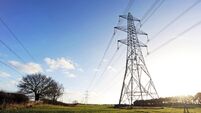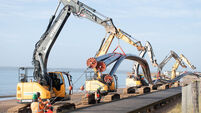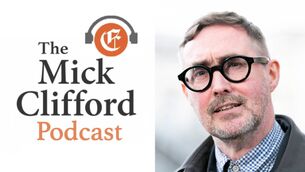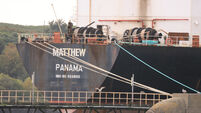Elaine Loughlin: We badly need the kind of political courage that delivered the Shannon Scheme

Ireland's energy supply has become so precarious that a strategic floating liquefied natural gas (LNG) storage facility is now being proposed.
Taking a medium-term view out to 2030, an independent review of the security of supply of our electricity and natural gas systems, published yesterday, suggests additional electricity interconnectors, biomass plants, and hydrogen plants as well as strategic gas storage.
















